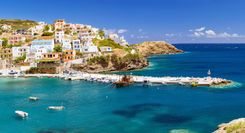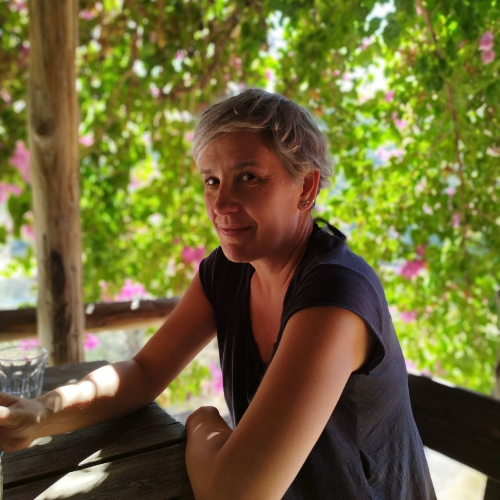What are the best beaches to visit in Greece?
Greece isn’t short on beaches, but not all are worth your towel space. With over 6,000 islands (only a fraction inhabited), narrowing down where to go can be overwhelming. That’s where we come in.
This guide cuts through the noise to bring you the best Greece beaches – spots where the water’s actually clear, the vibe is just right, and the views hit hard. Whether you’re into wild swims, lazy days under a taverna’s shade, or just looking for a place to finally finish that book, we’ve got you covered.
We’ll take you from hidden coves on lesser-known isles to buzzy, big-name bays on the best islands in Greece. Some beaches are backed by cliffs, others by olive groves. Some need a bit of a hike. All are worth it.
This isn’t about ticking boxes. It’s about finding your place – whether it’s on the pink sands of Elafonisi, the windsurfing playground of Paros, or somewhere you’ve never heard of (yet).
Ready to dive in? Here’s our pick of the best beaches in Greece.
1. Elafonísi, Crete
This tiny, uninhabited islet sits on the edge of a turquoise lagoon that shares its name – Elafonísi is often listed among the best beaches in Crete, and for good reason. Think soft pink-white sand, shallow warm water, and a dreamy islet you can wade to without breaking a sweat.
It’s no secret, though. Come in high season and you’ll be sharing the sand with crowds, rows of sunbeds, and a smattering of stalls selling cold drinks and snacks. Facilities are minimal – portable toilets and even a phone box, bizarrely – but don’t expect much beyond that. If you're day-tripping, pack a picnic and don’t count on quiet.
How to get to Elafonísi
The beach is around a two-hour drive from Chania, following winding mountain roads. There’s no public transport that drops you directly at the beach, so your best bet is to rent a car or join a tour from major towns like Chania or Kissamos. Parking fills up fast in summer – arrive early.
When to visit Elafonísi
Skip July and August if you can. May, early June, or September offer the same clear waters and glowing sand, minus the packed car park and beach towel chaos. Come midweek for your best shot at space to breathe.



























